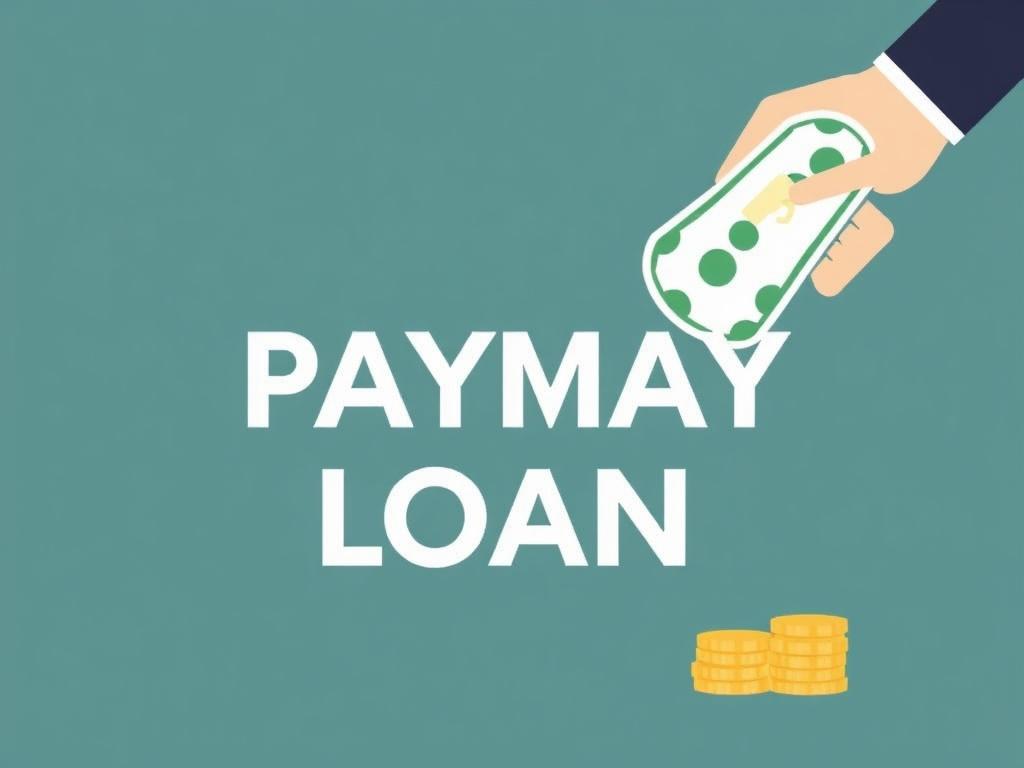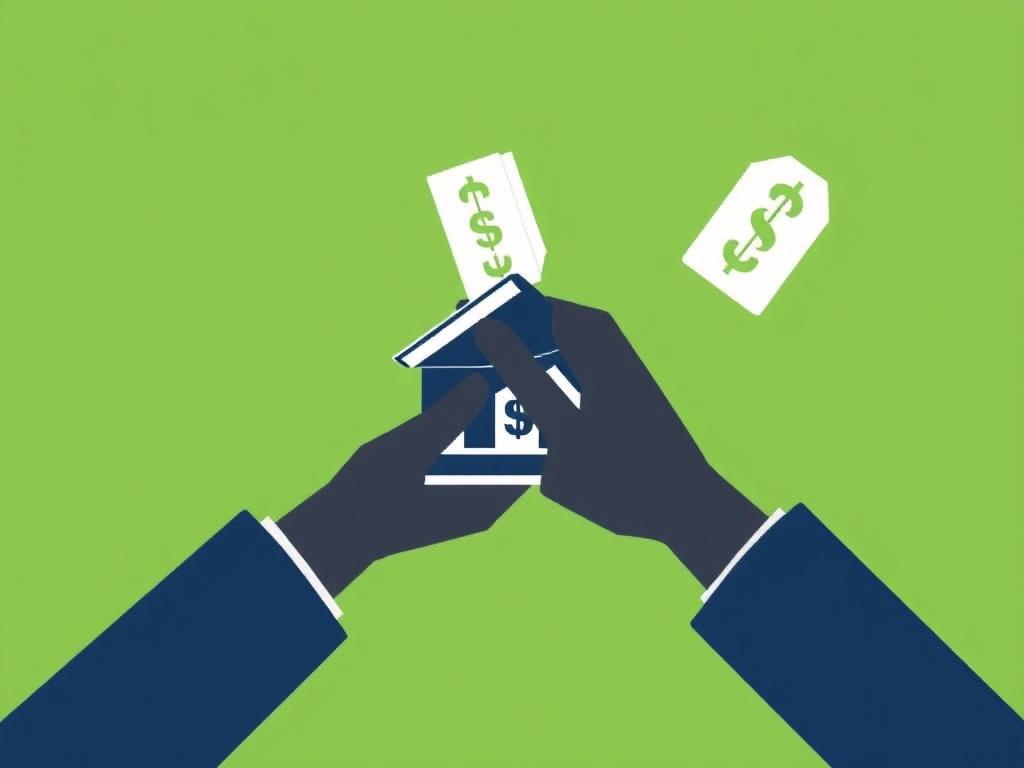SQLITE NOT INSTALLED
Payday loans have become a growing part of the financial landscape, especially for people who face unexpected expenses or temporary cash shortfalls. But what exactly is a payday loan, and why is it considered risky? If you’ve ever wondered how these loans work or why they often spark controversy, this article is here to break it down step-by-step. We’ll explore the basics of payday loans, how they operate, who typically uses them, and the potential pitfalls that come with borrowing this way. By the end, you’ll have a clearer understanding of whether payday loans are the right choice for you—or if you should proceed with caution.
Содержание
Understanding Payday Loans: The Basics
At its core, a payday loan is a short-term, small-dollar loan designed to be repaid by the borrower’s next payday. Usually, these loans range from $100 to $1,500, depending on state regulations and the lender. The idea is straightforward: if you need cash quickly to cover essential expenses before your paycheck arrives, you can borrow against your anticipated income. The lender typically requires you to write a post-dated check or provide electronic access to your bank account for repayment.
This type of loan is appealing because it offers fast cash with minimal credit requirements, making it accessible for individuals who may have poor credit scores or no credit history at all. In essence, payday loans function as a quick fix or emergency solution to bridge a financial gap. However, this speed and ease come with a cost, and that’s where the risks begin.
How Does a Payday Loan Work?

When you apply for a payday loan, the process is often swift and straightforward. Many payday lenders operate online or through storefronts in various communities, providing quick approval sometimes within minutes. But understanding the exact mechanics of a payday loan helps shed light on why it can be problematic.
The payday loan process:
- Application: You fill out a form providing basic personal information, your income, employment details, and often banking information.
- Loan amount decision: Based on your income and the laws in your state, the lender approves a small loan amount.
- Agreement and fees: You agree to the loan’s terms, which include interest rates, fees, and repayment date—all typically due on your next payday.
- Repayment: On your payday, you repay the loan plus the fees. If you wrote a check, the lender cashes it; for electronic payments, they withdraw the funds from your account.
This process can seem very convenient during a financial emergency. However, the repayment terms are often strict, and the fees and interest rates involved make payday loans some of the most expensive consumer loans available.
The Cost of Payday Loans: Fees, Interest, and APRs
One of the most significant reasons payday loans are considered risky is their high cost. Unlike traditional bank loans with relatively low-interest rates, payday loans come with exorbitant fees and interest rates that can quickly add up.
Payday loan fees are typically charged as a flat fee per $100 borrowed. These fees can vary widely but often range between $10 and $30 for every $100 borrowed. If you borrow $500, you might end up paying $50 or more just in fees. Translated into an Annual Percentage Rate (APR), payday loans can have an APR higher than 300%—far exceeding the interest on credit cards or personal loans.
Example of Payday Loan costs:
| Loan Amount | Typical Fee | Loan Period | Effective APR |
|---|---|---|---|
| $300 | $45 | 14 days | 391% |
| $500 | $75 | 14 days | 391% |
| $1,000 | $150 | 14 days | 391% |
Even though the flat fees might seem manageable at first glance, the effective APR makes payday loans some of the most expensive ways to borrow money.
Who Uses Payday Loans?
Payday loans often attract individuals who have few other borrowing options. Many borrowers have little credit history, past credit problems, or urgent financial needs that make standard loans unavailable. According to research, common reasons people turn to payday loans include:
- Covering unexpected medical bills or car repairs
- Paying rent or utilities to avoid evictions or shutoffs
- Filling income gaps when waiting for a paycheck
- Addressing emergency expenses like childcare or transportation
Unfortunately, payday loans can trap borrowers in a difficult cycle. After paying the fees, many borrowers don’t have enough left to cover ongoing expenses. This leads them to take out another payday loan, often incurring even more fees and debt. It’s a cycle that can be hard to escape.
Common Risks Associated with Payday Loans
While payday loans can be a quick fix, they come with significant risks that you should consider carefully before borrowing.
1. High interest rates and fees
The most obvious risk is the high cost of borrowing. The fees and interest may seem manageable for a short period, but if you can’t repay the loan on time, these costs escalate quickly.
2. Debt cycle and rollover loans
Many borrowers use payday loans to pay off previous payday loans, which leads to a cycle of debt that worsens over time. Some lenders may encourage “rollovers,” where you extend your loan for another period—but this often means paying more fees without reducing the original amount borrowed.
3. Impact on your bank account
Most payday loans require access to your bank account. If you default, lenders can withdraw funds multiple times, possibly leading to bounced checks or overdrafts, which brings additional fees and financial troubles.
4. Damage to credit and financial stability
Although many payday lenders do not report to credit bureaus, missing repayments or bouncing checks may still impact your financial stability. Additionally, you might be forced to default on other bills or loans, worsening overall credit and financial health.
5. Legal and regulatory concerns
Payday loan regulations vary by state and country. Some lenders operate in gray areas, and consumers may fall victim to scams or illegal practices. Because payday loans can be unregulated or loosely regulated in some places, borrowers often have limited protections.
Alternatives to Payday Loans

If you’re considering a payday loan due to an urgent financial need, it’s important to know there are often better, safer alternatives. Some of these options might take a bit longer or require more paperwork, but they generally offer lower costs and reduce the risk of falling into a debt trap.
- Personal loans from banks or credit unions: These usually have lower interest rates and longer repayment periods.
- Credit cards: While not free from risks, credit cards often offer interest-free grace periods and more straightforward repayment terms.
- Peer-to-peer lending: Online platforms where individuals can borrow money from peers, often at better rates than payday loans.
- Borrowing from family or friends: Not always easy, but a direct loan without interest or fees.
- Negotiating payment plans: Contact service providers (like hospitals or utilities) and ask about payment plans instead of late payments or disconnections.
- Emergency assistance programs: Many nonprofits and community organizations offer emergency financial assistance or counseling.
- Employer paycheck advances: Some employers offer salary advances with minimal fees.
How to Stay Safe If You Choose a Payday Loan
If, after evaluating your options, you still decide to take out a payday loan, there are some important steps to reduce your risk:
- Read all terms carefully: Understand fees, due dates, and repayment methods.
- Borrow only what you need: Keep the loan amount as low as possible to reduce fees.
- Create a repayment plan: Ensure you have enough funds on your payday to repay the loan in full.
- Avoid rollovers or extensions: Don’t extend the loan unless it’s an absolute emergency, as this usually increases your costs.
- Use reputable lenders: Check if the lender is licensed and read reviews or complaints before borrowing.
- Consider credit counseling: If you frequently rely on payday loans, professional help might assist with managing debt and budgeting.
Legislation and Regulation of Payday Loans
In response to concerns about payday loan risks, many governments have introduced regulations to protect consumers. These rules may include:
- Caps on interest rates and fees
- Limits on the loan amounts or number of loans per borrower
- Required cooling-off periods between loans
- Mandatory clear disclosures of terms and costs
- Bans or heavy restrictions in some states or countries
Despite these measures, payday lending remains widespread, largely because of continuing demand from consumers who need quick access to cash.
The Bigger Picture: Payday Loans and Financial Inclusion

Payday loans highlight a complex issue: financial inclusion and access to credit. Many people who turn to payday loans do so because they are underserved by traditional financial institutions. They have lower incomes, unpredictable expenses, and limited saving opportunities. While payday loans provide quick cash, their high cost often exacerbates financial instability.
Efforts to expand access to affordable credit, financial education, and social safety nets can help reduce reliance on risky payday loans over time. Until then, understanding what a payday loan is, and why it’s risky, is crucial for anyone considering this type of borrowing.
Signs You Should Avoid Payday Loans
It’s important to recognize situations where a payday loan is unlikely to help and may make things worse:
- You can’t repay the loan on your next payday.
- You’re considering borrowing to pay off an existing payday loan.
- You don’t understand the fees or the repayment process fully.
- You feel pressured to give access to your bank account without clear terms.
- You’re using payday loans frequently instead of as a one-time emergency fix.
If any of these apply, it’s time to reconsider your options and seek alternative assistance.
Final Thoughts
Payday loans are a financial tool that can offer quick relief but with significant consequences if used without caution. They work by providing short-term loans meant to be paid back by your next payday, but their steep fees and high APRs often make repayment challenging. This leads many borrowers into a difficult cycle of debt that’s hard to escape. While payday loans might seem like an easy answer for urgent cash needs, risks such as accumulating debt, damaging your bank account, and facing overwhelming repayment demands highlight the importance of exploring safer alternatives wherever possible. By fully understanding what a payday loan entails and the potential pitfalls, you can make smarter choices to protect your financial health over time.
Опубликовано: 23 July 2025 Кредитрон – блог о кредитах, финансах и прочих реверансах
Кредитрон – блог о кредитах, финансах и прочих реверансах

